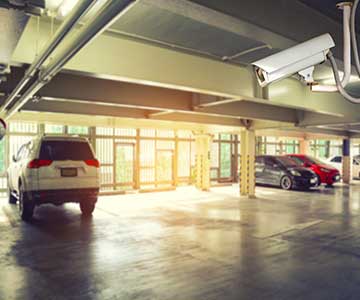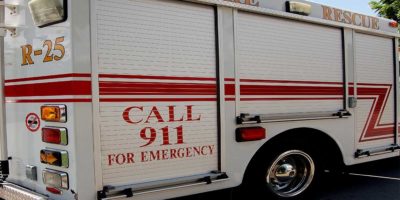Working Alone
Posted: Apr. 1, 2019 • By Kevin Kohler

Is working alone only dangerous for gas station attendants and convenience store clerks?
Some working alone legislation has been prompted by horrific cases of violence involving late night gas station attendants and convenience store clerks who were alone and unable to summon help. Beyond these headlines many other workers are exposed to working alone hazards, and many Canadian jurisdictions have legislated working alone requirements.
Two Canadian Territories, Nunavut and the Northwest Territories require a Code of Practice for working alone and have this to say about the hazards:
In the Northwest Territories and Nunavut, challenging weather conditions, remote and isolated work sites, mobile phone and internet access limitations, hazardous work, shortage of workers, and a transient workforce contribute to risk for employees working alone.
Working alone may not always be hazardous but it can be under certain circumstances and while it seems like common sense that we need to know the whereabouts of our workers, the reality can more complex.
I’m pretty sure we never work alone

It may not seem like it but we likely regularly have workers who are alone:
- Driving to a work location
- Tending to equipment on an off shift
- Responding to a call out
- In the office or shop working late on a project
Being alone increases the risk to the worker if something goes wrong.
What does the legislation say?
Working alone provisions exist in many jurisdictions. Some jurisdictions rely on “general duty clauses” that require employers to protect employees from recognized hazards, which working alone certainly has become.
Common elements in working alone legislation include:
- A requirement to conduct a hazard assessment to determine how to control the risks posed by the specific situation
- Prohibiting workers from working alone while conducting high-risk activities such as confined space entries or high voltage work
- Special requirements if there is a potential for violence
- Communications provisions for the worker to summon assistance
- An emergency response plan that takes into account the hazards of working alone
What reasonable steps can I take to protect those working alone?

Have a Policy
The first step in protecting workers is to have a strong policy that defines working alone and informs workers of the steps that they must take before they are permitted to work alone.
Assess the Hazards
The key to protecting any worker from any hazard is to conduct a hazard and risk analysis that identifies the hazards, assesses the risks posed by the hazard and establishes the methods that will be used to eliminate or control the hazard.
Communicate and Train
Training and communication is required to ensure that workers and supervisors understand their duties under the working alone program
Technology is our friend
As we’ve become more aware of working alone hazards technical solutions have proliferated beyond the cell or sat phone. In a rapidly expanding sector there are a number of solutions that combine GPS tracking technology, event notifications (person down), check-ins, event logging and two-way communication. It is important to ensure that the technology employed will work in your locations and that there are back-up systems in-place should the technology fail.
Best Practices – Measure the Effectiveness of the Program
Review your working alone program at regular intervals, whenever there has been an incident or if work processes change. Initiate corrective actions if the program is found lacking or can be improved.
Stay in touch with those working alone
Related Articles

Sun Safety and Cancer Hazards
As summer launches into full swing, we want to address the risk of cancer from exposure to the sun. Many workers are exposed to the sun at work and over-exposure can lead to skin cancer.
Read Article
Incident Reporting and Analysis
Safety incidents are bad maybe we shouldn’t report them? Safety incidents involving a loss are not good news, but they […]
Read Article